For nearly 40 years, Studio Ghibli has shown that the charm of animation is timeless. The industry giant is a veteran at pushing the limits of imagination, crafting heartfelt stories that continue to trap hearts and captivate audiences, from the earlier days of My Neighbour Totoro (1988) and Spirited Away (2001) to last year’s The Boy and The Heron.
Starting 4 October, fans will be able to relive the magic at the ArtScience Museum in Singapore. The country’s first-ever official Studio Ghibli exhibition brings 16 large-scale, immersive theatrical sets to 11 galleries spanning two levels, each handpicked by the animation powerhouse. Led by films featuring strong female protagonists like Princess Mononoke (1997), Howl’s Moving Castle (2004), and Kiki’s Delivery Service (1989), it also rounds out the attraction’s ‘Year of Extraordinary Women’ lineup for 2024.

The World of Studio Ghibli experience begins even before stepping into the museum. A giant sculpture from Ponyo on the Cliff by the Sea (2008) greets visitors by the entrance, setting the mood leading into Basement 2. On the outside, a display montage plays snippets of the studio’s works, accompanied by a description of the exhibition and an illustration depicting its logo. Entering the space unlocks a trip down memory lane, where movie posters line both sides of the walls and are categorised into their respective era.




Kicking off the journey is Howl’s Moving Castle (2004), which lists the film’s synopsis, character profiles, and other relevant information — a presentation that carries over to all showcases. An impressive, moving recreation of the titular castle cuts a magnificent figure, paving the way to Howl’s living room and revealing Calcifer.



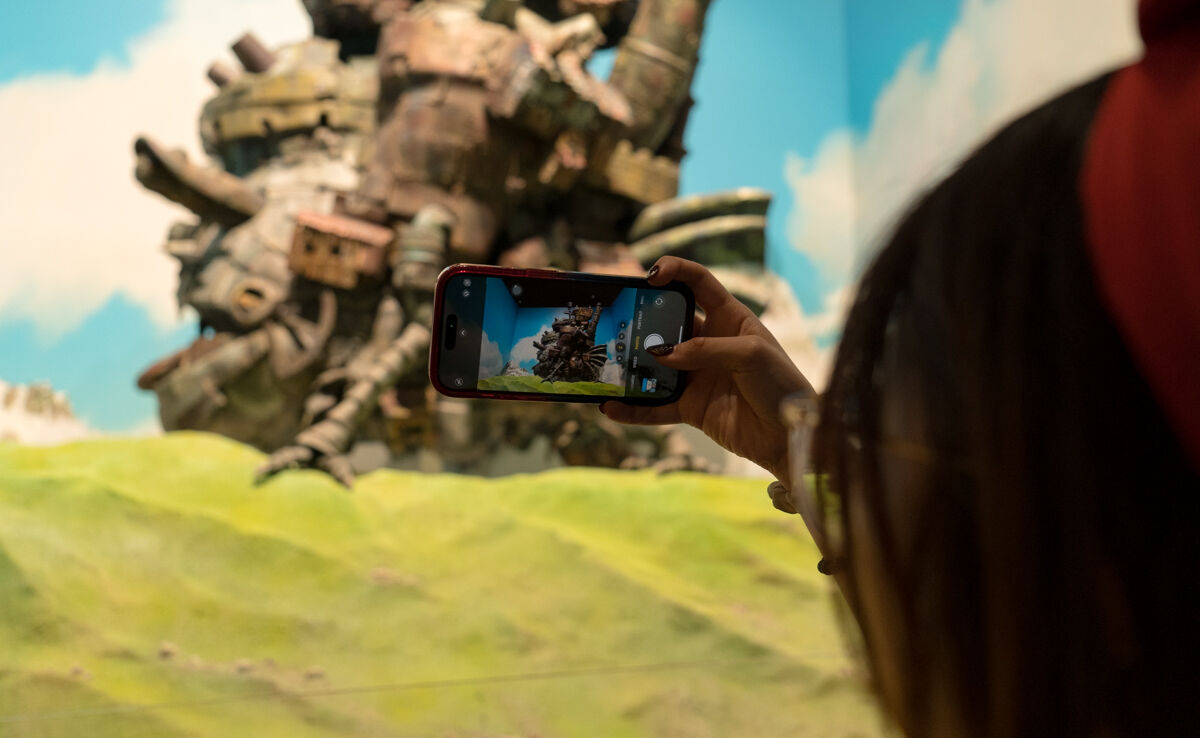


Transitioning seamlessly into Castle in the Sky (1986), the space breathes life into the iconic scene of Pazu and his encounter with Sheeta as she falls from the sky. The photo spot is joined by installations modelled after other notable moments, including Pazu’s rescue of Sheeta and the pair’s escape along the tracks of a mining railway.






My Neighbour Totoro (1988), meanwhile, spices up the immersion with a box art installation spotlighting the Catbus, a peek-hole experience and photo spot featuring Totoro, and hands-on activities, where visitors can try their hand at folding origami and creating a commemorative thaumatrope.


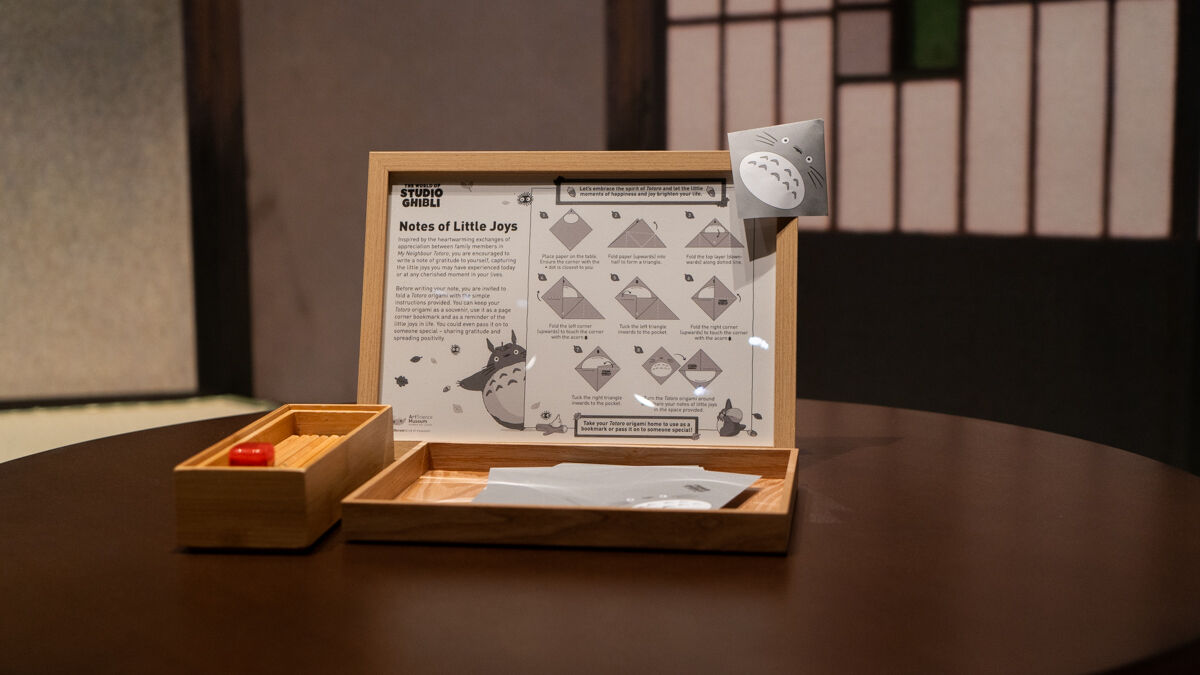





Moving on to the third level, the galleries boast more original sculptures and the splash art of The Boy and the Heron on its outer wall. Hanging down from the ceiling is Nausicaä on her glider, charting a natural continuation into another flight-based adventure: Porco Rosso (1992). Fighter jets take centrestage here, but enthusiasts can look forward to a recreation of Porco Rosso’s remote island hideout that promises great detail and authenticity.


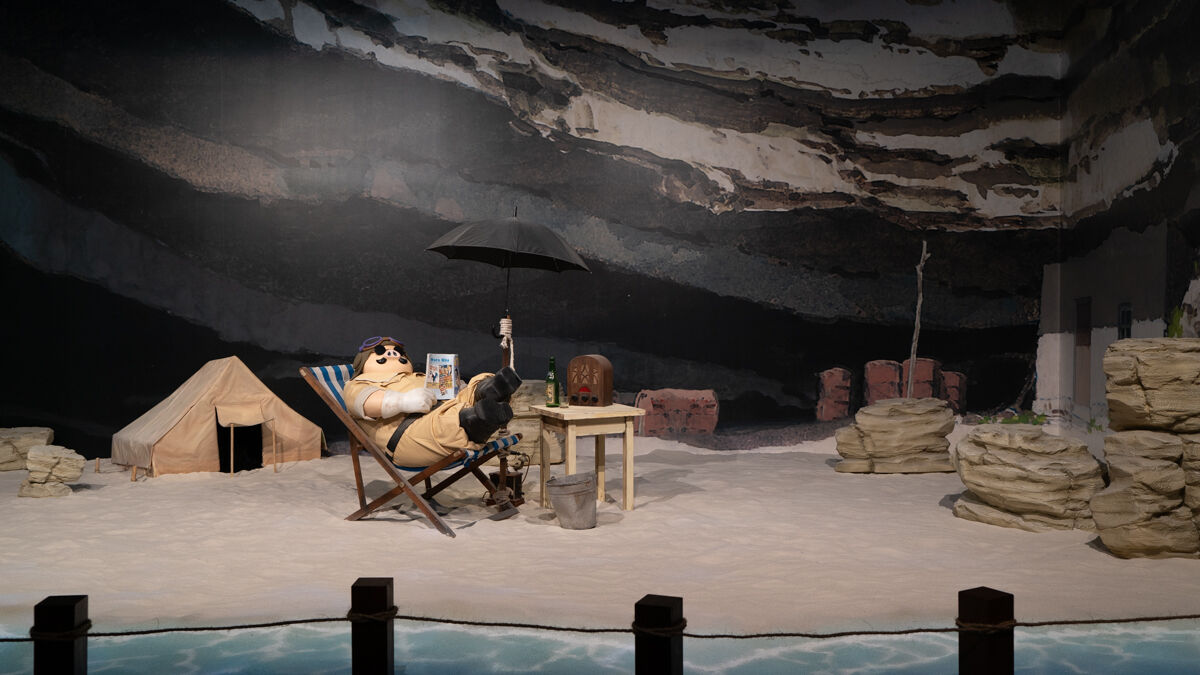

The next segment, paying tribute to Pom Poko (1994), basks in a retro aesthetic. An old-school television set evokes feelings of nostalgia, with a box art setup offering some interactive fun — simply spin the wheel to see the tanuki, or a Japanese raccoon dog, shapeshift.
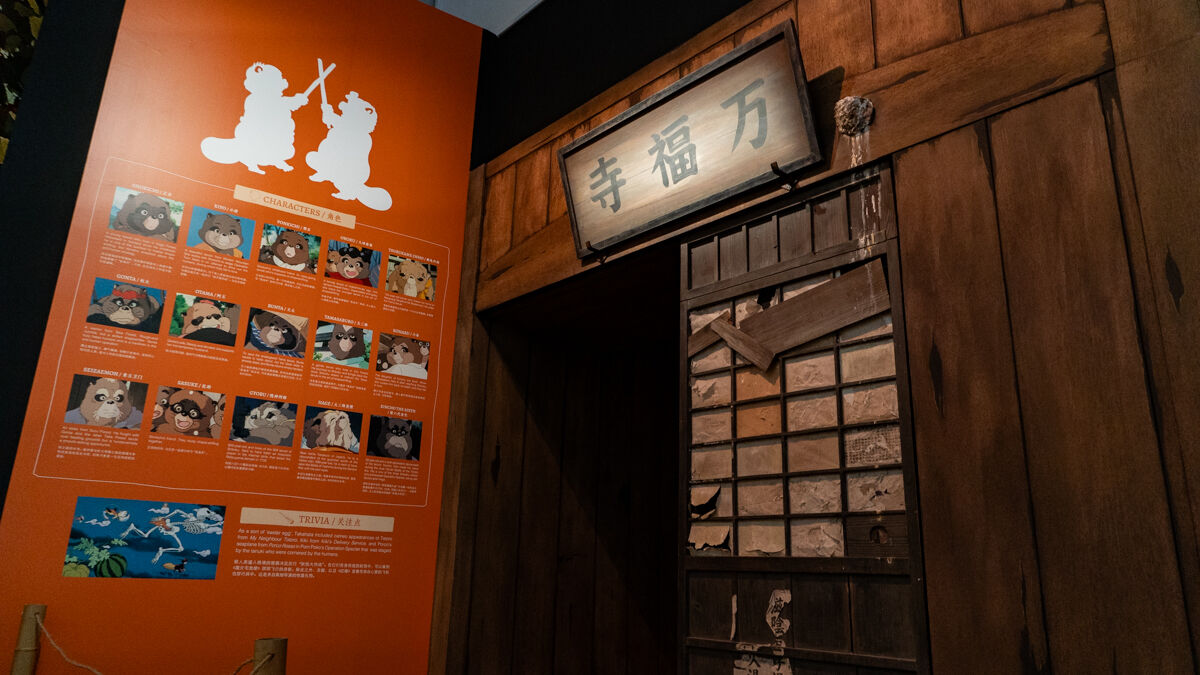



The lighthearted tone takes a subtle turn when wandering through the lush forest of Princess Mononoke (1997), aligning with its theme of environmentalism. While Ashitaka and San are the stars of this exhibit, a projection display keeps things fresh with a clever presentation format.




As for Kiki’s Delivery Service (1989), visitors can check out a glorious recreation of Gütiokipänjä bakery, where Kiki and her cat Jiji work, and insert themselves into memorable scenes from the animated feature. Much attention has also been poured into showcasing the smaller-scale installations, serving as a nice nod to the source material.


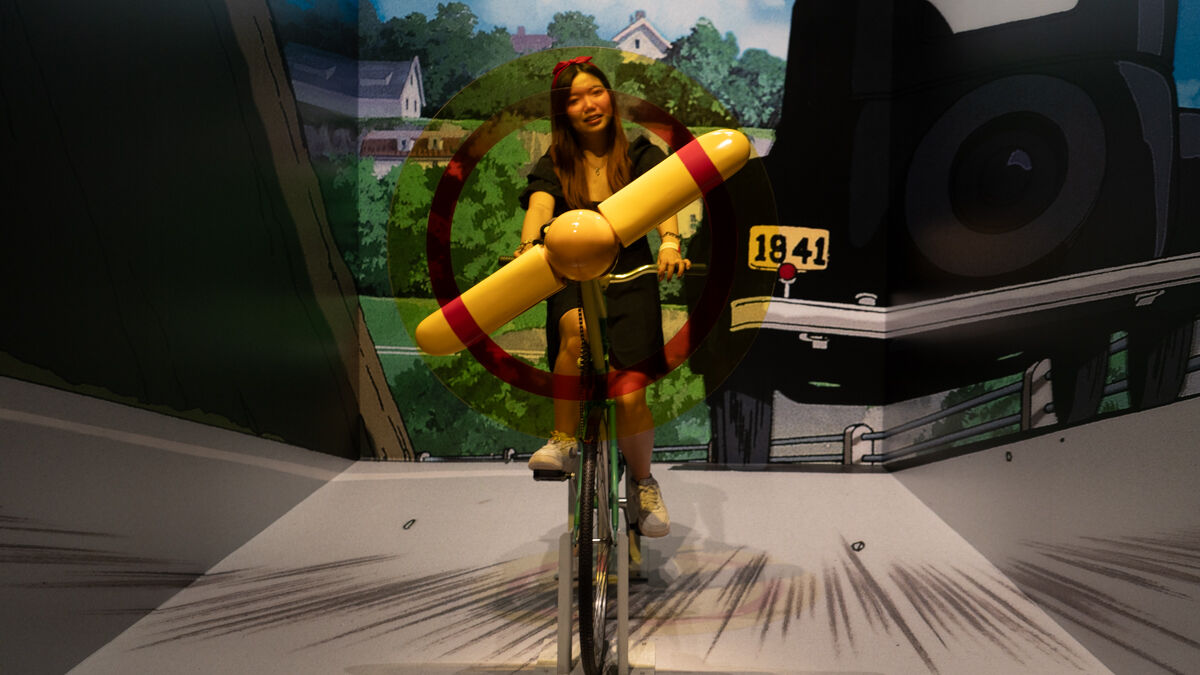





Topping off the World of Studio Ghibli journey is Spirited Away (2001), which takes visitors through the bathhouse, Yubaba’s office, and Chihiro’s train ride with No-Face. An activity corner invites them to unleash their artistic abilities and draw soot sprites introduced in the movie.






Before exiting the exhibition, there will be a retail store where fans can swing by and grab some keepsakes. It offers a wide range of official merchandise, from art books and toy plushes to bags and clear folders, so be prepared to summon your wallets.





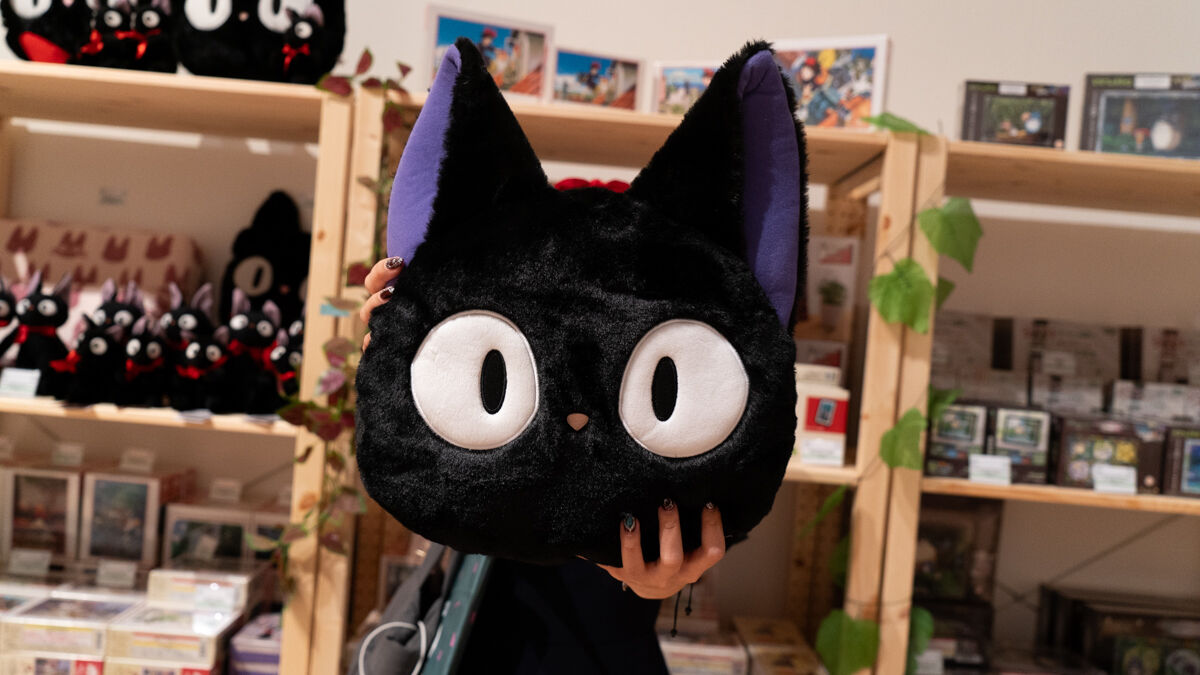
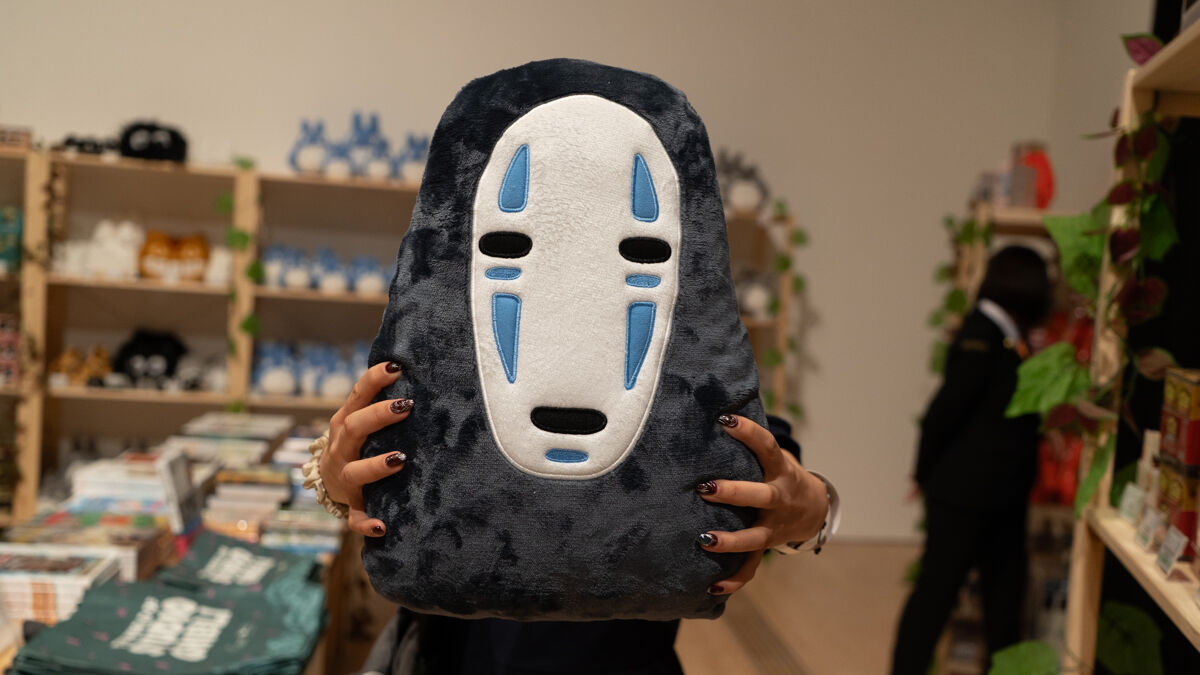





As part of the programme, ArtScience Cinema is organising free screenings of two documentaries on the fourth level: Kazuo Oga – Ghibli’s Image Artisan – The Artist Who Made Totoro’s Forest (2007) and The Kingdom of Dreams and Madness (2013), directed by Mami Sunada. A film festival spotlighting several Studio Ghibli films will also be screened in cinemas islandwide.
The World of Studio Ghibli runs from 4 October 2024 to 2 February 2025, with ticket prices as follows:
- Peak: S$39 (adult, local) / S$34 (concession, local) / S$49 (standard) / S$44 (concession, standard)
- Off Peak: S$29 (adult, local) / S$24 (concession, local) / S$39 (standard) / S$34 (concession, standard)
- Family Package of 4 (Peak): S$28 (local) / S$35.50 per pax
- Family Package of 4 (Off-Peak): S$20.50 (local) / S$28 per pax













